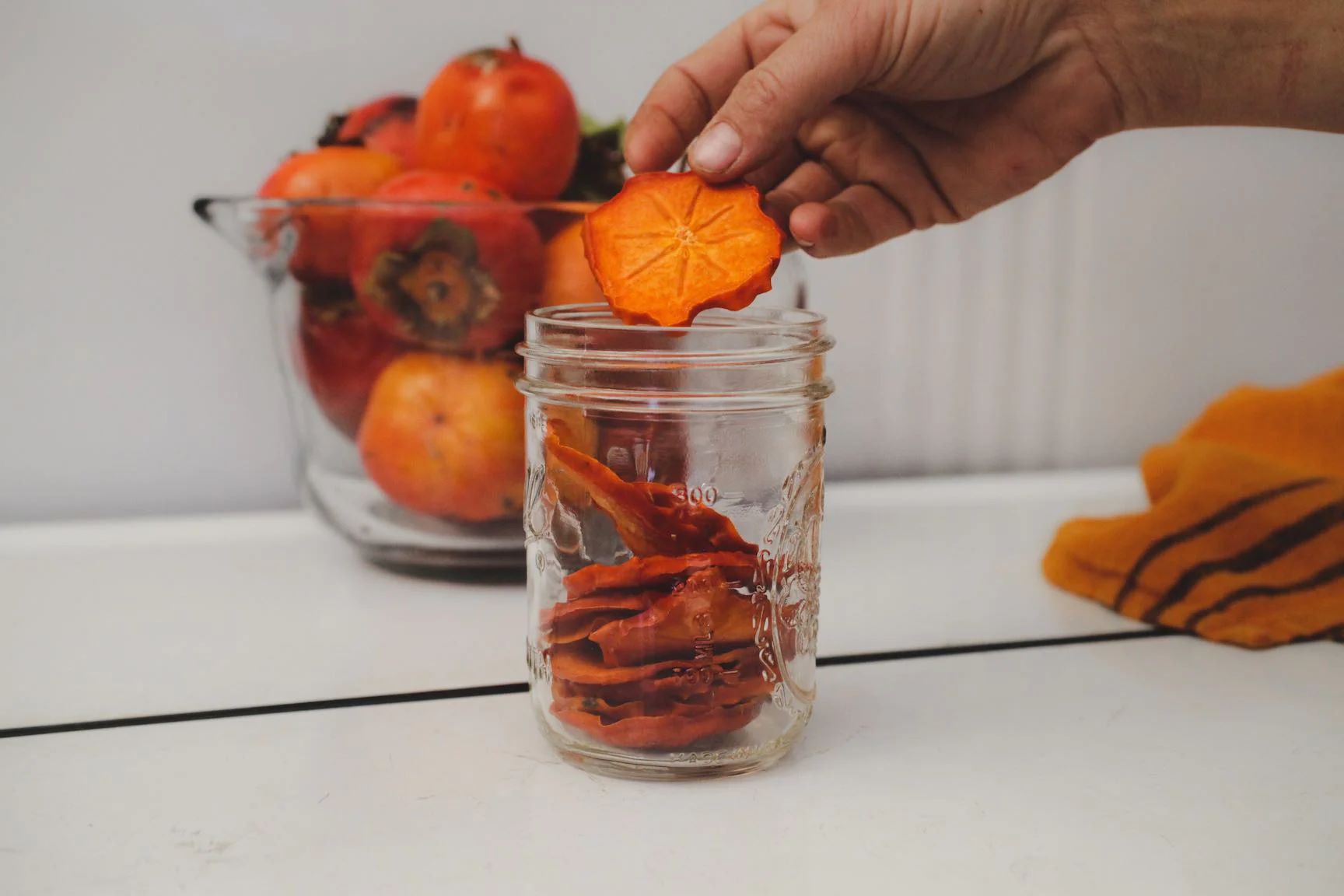

Articles
How To Store Dried Persimmons
Modified: October 19, 2024
Learn the best methods and tips for storing dried persimmons in this informative article. Preserve the flavor and texture of your dried persimmons for longer shelf life.
(Many of the links in this article redirect to a specific reviewed product. Your purchase of these products through affiliate links helps to generate commission for Storables.com, at no extra cost. Learn more)
Introduction
Dried persimmons are a delicious and nutritious snack that can be enjoyed year-round. These succulent fruits are known for their sweet and chewy texture, making them a popular choice for snacking, baking, and cooking. However, to ensure their freshness and long shelf life, it is essential to store dried persimmons properly. In this article, we will explore the benefits of storing dried persimmons, as well as provide you with useful tips on how to choose the right container and the best methods for storing them.
Storing dried persimmons correctly not only helps to preserve their taste and texture but also extends their shelf life. Whether you have purchased dried persimmons from a store or dried them yourself at home, proper storage techniques can ensure that you can enjoy these delectable treats for months to come.
One of the main advantages of storing dried persimmons is that it allows you to have them readily available for snacking anytime you crave their natural sweetness. Moreover, stocking up on dried persimmons means you can avoid last-minute trips to the store and have a healthy alternative on hand for when you’re in need of a quick energy boost or a satisfying treat.
Another benefit of storing dried persimmons is that it enables you to take advantage of seasonal availability. Persimmons are typically harvested in the fall, but by drying and storing them properly, you can enjoy their unique flavor and nutritional benefits throughout the year. Whether you’re a fan of persimmons’ rich, honey-like taste or simply appreciate their high fiber, vitamin C, and antioxidant content, having a supply of dried persimmons at your disposal ensures you never miss out on their numerous health benefits.
Now that we understand the advantages of storing dried persimmons, let’s dive into the specifics of how to choose the right container and the best methods for storing them. Whether you prefer to store dried persimmons in the pantry, refrigerator, or freezer, we will provide you with step-by-step guidelines to help you maintain their quality and freshness.
Key Takeaways:
- Store dried persimmons in airtight containers in a cool, dark pantry to maintain their flavor and nutritional value, ensuring convenient access and extended shelf life.
- Consider freezing dried persimmons in vacuum-sealed bags for the longest storage time, preserving their delightful taste and health benefits for up to a year.
Read more: How To Dry Whole Persimmons In A Dehydrator
Benefits of Storing Dried Persimmons
Storing dried persimmons properly comes with a plethora of benefits. Not only does it prolong their shelf life, but it also allows you to enjoy the unique flavor and nutritional benefits of persimmons throughout the year. Let’s explore some of the key benefits of storing dried persimmons:
- Extended Shelf Life: When stored correctly, dried persimmons can maintain their quality and freshness for an extended period. Proper storage techniques help prevent the growth of mold, bacteria, or other microorganisms that can cause spoilage. By extending the shelf life of dried persimmons, you can stock up on them and have a delicious and healthy snack available whenever you desire.
- Convenient Snacking: Storing dried persimmons allows for easy access to a nutritious and tasty snack. Whether you’re at work, traveling, or simply relaxing at home, having a stash of dried persimmons ensures that you have a quick and convenient snack option. Dried persimmons are a great source of natural sugars, dietary fiber, and antioxidants, making them a wholesome choice for satisfying your cravings and boosting your energy levels.
- Seasonal Availability: Persimmons are typically harvested during the fall season. However, by drying and storing them properly, you can enjoy the unique flavor, texture, and nutritional benefits of persimmons all year round. Storing dried persimmons allows you to preserve the fruits when they are at their peak freshness and availability, ensuring that you can enjoy their taste and benefits even when they are not in season.
- Versatility in Culinary Applications: Dried persimmons can be used in a variety of culinary applications. From adding a sweet and chewy element to baked goods like muffins and bread to incorporating them into trail mixes or granola bars, dried persimmons bring a delightful burst of flavor and texture to your dishes. By storing dried persimmons, you always have them on hand to elevate the taste of your favorite recipes.
- Preservation of Nutritional Value: Properly stored dried persimmons retain their nutritional value for an extended period. Persimmons are known for their high levels of dietary fiber, vitamins A and C, potassium, and antioxidants. Storing dried persimmons properly helps preserve these essential nutrients, ensuring that you can enjoy their numerous health benefits whenever you consume them.
These are just a few of the benefits of storing dried persimmons. Whether you enjoy them as a standalone snack, incorporate them into your favorite recipes, or appreciate their year-round availability, proper storage techniques ensure that you can savor the taste and reap the nutritional benefits of dried persimmons for months to come.
Choosing and Preparing Dried Persimmons for Storage
Before you can begin storing dried persimmons, it’s important to choose high-quality fruits and prepare them properly. Here are some key steps to consider:
- Selecting High-Quality Dried Persimmons: When purchasing dried persimmons, look for ones that are plump, evenly dried, and free from any signs of mold, discoloration, or moisture. High-quality dried persimmons will have a vibrant color and a slightly tacky texture. Avoid fruits that are overly dry, brittle, or have an off-putting odor. Choosing high-quality dried persimmons ensures that you are starting with the best possible product for storage.
- Removing Excess Moisture: It’s important to remove any excess moisture from dried persimmons before storing them. Moisture can cause the fruits to become moldy or develop an unpleasant texture. To remove excess moisture, gently pat the dried persimmons with a clean towel or paper towel. Avoid rinsing or washing the dried persimmons, as exposure to water can rehydrate them and compromise their texture and taste.
- Inspecting for Signs of Spoilage: Before storing dried persimmons, inspect them closely for any signs of spoilage, such as mold, discoloration, or off-putting odors. If you notice any of these signs, discard those particular fruits to prevent the spread of spoilage to the rest of the batch.
- Removing Stems and Leaves: If your dried persimmons still have stems or leaves attached, gently remove them before storing. Stems and leaves can attract moisture and contribute to the growth of mold or bacteria. Removing them ensures that the dried persimmons stay fresh and free from any potential contaminants.
- Consider Vacuum Sealing: While not mandatory, vacuum sealing is an effective method for extending the shelf life of dried persimmons. By removing the air from the storage container, vacuum sealing helps prevent the fruits from exposure to moisture, oxygen, and other elements that may cause spoilage. If you choose to vacuum seal your dried persimmons, make sure to follow the manufacturer’s instructions for the specific vacuum-sealing device you are using.
By choosing high-quality dried persimmons, removing excess moisture, inspecting for spoilage, and considering vacuum sealing, you can ensure that your dried persimmons are in the best possible condition for storage. Taking these steps will help maintain the flavor, texture, and overall quality of the dried persimmons, giving you the ability to enjoy them for an extended period.
Selecting the Right Container for Storage
Choosing the right container for storing dried persimmons is crucial for maintaining their freshness and quality. The right container should provide a protective environment that prevents moisture, air, and light from reaching the fruits. Here are some factors to consider when selecting a container for dried persimmons:
- Airtightness: The container you choose should have an airtight seal to prevent moisture and air from entering. Exposure to moisture can cause the dried persimmons to become sticky or moldy, while exposure to air can lead to spoilage and loss of flavor. Look for containers with secure lids or closures that create a tight seal to ensure optimum preservation.
- Made of Non-reactive Material: Opt for containers made of non-reactive materials such as glass or food-grade plastic. Reactive materials like metal can sometimes alter the taste or quality of the dried persimmons. Non-reactive containers ensure that the fruits retain their original flavor and do not absorb any unwanted odors or tastes.
- Opaque or Dark-Colored: Light is one of the enemies of dried persimmons as it can cause them to fade in color and degrade in quality. Choose containers that are opaque or dark-colored to block out light and protect the fruits from UV radiation. This helps preserve the flavor, texture, and nutritional value of the dried persimmons.
- Size and Shape: Consider the quantity of dried persimmons you intend to store when choosing the size and shape of the container. It’s best to select a container that allows for minimal empty space to reduce air exposure. Additionally, a rectangular or square-shaped container might be more space-efficient and easier to stack if you plan to store multiple containers.
- Easy to Clean: Select a container that is easy to clean and maintain. Dried persimmons can sometimes leave behind sticky residue, so having a container that is dishwasher safe or can be easily hand-washed will make the cleaning process more convenient.
There are several container options to choose from for storing dried persimmons, such as glass jars with rubber seals, airtight plastic or silicone containers, or even vacuum-sealed bags. Consider your personal preferences, the quantity of dried persimmons you plan to store, and the available storage space when making your selection. Remember, the main goal is to choose a container that provides airtightness, protection from light, and is made of non-reactive materials for optimal storage conditions.
Once you’ve selected the right container, it’s time to choose the most suitable storage location. In the next sections, we’ll explore different storage methods for dried persimmons, including storing them in the pantry, refrigerator, freezer, or using vacuum-sealed bags, and discuss the best practices for each option.
Storing Dried Persimmons in the Pantry
Storing dried persimmons in the pantry is a convenient option as it allows for easy access to your favorite snack whenever you desire. However, it’s important to ensure that the pantry provides the ideal conditions for preserving the quality and flavor of the dried persimmons:
- Temperature: The pantry should be kept at a cool and stable temperature. Ideally, the temperature range should be between 50°F (10°C) and 70°F (21°C). Avoid storing dried persimmons in areas that are exposed to excessive heat or temperature fluctuations, as these conditions can accelerate spoilage and affect the taste and texture of the fruits.
- Humidity: The pantry should have low humidity levels to prevent the growth of mold and bacteria. It’s best to store dried persimmons in a dry environment with humidity levels below 60%. Consider using a dehumidifier in your pantry if you live in a particularly humid climate.
- Airtight Container: Place the dried persimmons in an airtight container to protect them from moisture, air, and pests. Ensure that the container is clean and dry before storing the fruits. Seal the container tightly to maintain optimum freshness.
- Avoid Exposure to Light: Protect the dried persimmons from exposure to light by storing them in an opaque or dark-colored container. Alternatively, you can place the container in a dark corner of the pantry. Light can cause the fruits to fade in color and degrade in quality.
- Separate Fragile Fruits: If you store other fruits in the pantry, make sure to separate them from the dried persimmons. Dried persimmons can absorb odors easily, so avoiding proximity to strong-smelling fruits will help maintain their original flavor and aroma.
By following these guidelines, you can store dried persimmons in the pantry for several months while preserving their taste, texture, and nutritional value. Regularly check on the dried persimmons for any signs of spoilage, such as mold or off-putting odors, and discard any fruits that show such signs to prevent the spread of spoilage to the rest of the batch.
Remember, the pantry storage method works best when the environmental conditions are optimal and the dried persimmons are stored in an airtight container. This ensures that you always have a delicious and nutritious snack readily available whenever you need a quick energy boost or a satisfying treat.
Store dried persimmons in an airtight container in a cool, dark place to maintain their flavor and texture. You can also refrigerate or freeze them for longer shelf life.
Read more: How To Store Fuyu Persimmons
Storing Dried Persimmons in the Refrigerator
If you prefer a longer shelf life for your dried persimmons or if you live in a hot and humid climate, storing them in the refrigerator is a great option. The cold temperatures help to maintain the quality and freshness of the fruits. Here’s how to store dried persimmons in the refrigerator:
- Choose the Right Storage Container: Place the dried persimmons in an airtight container or resealable plastic bag. Ensure that the container is clean, dry, and free from any residual odors that could transfer to the fruits. Press out any excess air before sealing the container to prevent moisture from accumulating.
- Find the Ideal Spot: Locate a spot in the refrigerator that maintains a steady temperature between 32°F (0°C) and 40°F (4°C) without experiencing significant temperature fluctuations. This ensures that the dried persimmons remain well-preserved.
- Avoid Moisture Exposure: Keep the dried persimmons away from moisture sources in the refrigerator, such as the vegetable crisper or containers with high humidity. Moisture can cause the fruits to become sticky or develop mold. Place the container in a dry area or towards the back of the refrigerator.
- Protect from Odors: To prevent the dried persimmons from absorbing unwanted odors, store them away from strong-smelling foods in the refrigerator. Consider using odor-resistant storage options or placing the container in a sealed plastic bag for added protection.
- Monitor for Spoilage: Regularly check the dried persimmons for any signs of spoilage, such as mold, discoloration, or off-putting odors. If you notice any signs, discard the affected fruits to prevent spoilage from spreading to the rest of the batch.
Storing dried persimmons in the refrigerator can extend their shelf life to several months. The cold temperatures help maintain the desired texture and flavor of the fruits, making them a refreshing and delightful snack option whenever you crave their natural sweetness.
Remember that refrigeration can cause the dried persimmons to absorb moisture if they are exposed to it, leading to a loss of their desirable texture. To avoid this, make sure to store them in an airtight container and monitor the storage conditions regularly.
Storing dried persimmons in the refrigerator is an excellent choice for long-term preservation and ensuring that you always have a healthy and delicious snack on hand whenever you need it.
Storing Dried Persimmons in the Freezer
If you’re looking for the longest shelf life for your dried persimmons or have a large quantity that you want to store for an extended period, freezing is an ideal option. Freezing dried persimmons helps preserve their flavor, texture, and nutritional value. Follow these steps to store dried persimmons in the freezer:
- Prepare the Dried Persimmons: Ensure that the dried persimmons are in good condition, free from any signs of spoilage or moisture. If they have excess moisture or stickiness, gently pat them dry before proceeding to the next steps.
- Portion and Package: Divide the dried persimmons into smaller, manageable portions that you can easily thaw when needed. Place these portions in freezer-safe, airtight containers or resealable plastic bags. Press out any excess air, leaving a little room for expansion, and seal the containers or bags securely.
- Label and Date: To keep track of the storage time, label each container or bag with the current date. This will help you monitor the freshness and ensure that you use the dried persimmons within a reasonable time frame.
- Select the Freezing Location: Place the packaged dried persimmons in the coldest part of the freezer, such as the back or bottom shelf. It’s important to maintain a constant freezing temperature, ideally below 0°F (-18°C), to preserve the quality of the fruits.
- Thawing: When you’re ready to enjoy the frozen dried persimmons, remove the desired portion from the freezer and allow it to thaw at room temperature for about 10-15 minutes before consuming. Alternatively, you can incorporate the frozen dried persimmons directly into smoothies, baked goods, or other recipes without thawing.
By following these steps, you can store dried persimmons in the freezer for up to a year without significant loss in quality. Freezing not only extends the shelf life but also provides the convenience of having dried persimmons readily available for various culinary uses.
It’s important to note that freezing may cause the texture of the dried persimmons to change slightly, becoming slightly chewier. However, the overall taste and nutritional value remain intact.
Remember to properly label and date the containers or bags to keep track of the storage time. Use the oldest portions first to ensure you rotate your supply and enjoy the dried persimmons at their best quality.
Freezing is a great option for long-term storage, enabling you to enjoy the delectable flavor and numerous health benefits of dried persimmons throughout the year.
Storing Dried Persimmons in Vacuum-Sealed Bags
One effective method for preserving the freshness and quality of dried persimmons is to store them in vacuum-sealed bags. Vacuum sealing creates an airtight environment that helps to prevent moisture, air, and other contaminants from reaching the fruits, ensuring their optimal preservation. Here’s how to store dried persimmons in vacuum-sealed bags:
- Prepare the Dried Persimmons: Before vacuum sealing, ensure that the dried persimmons are in good condition without any signs of spoilage. If needed, gently pat them dry to remove any excess moisture on the surface.
- Portion the Dried Persimmons: Divide the dried persimmons into smaller portions based on how much you would like to use at a time. This allows for easy access without exposing the entire quantity to air and moisture each time the bag is opened.
- Place in Vacuum-Seal Bags: Put the desired portion of dried persimmons into a vacuum-seal bag. Ensure that the bag is suitable for use with a vacuum-sealing device and is of appropriate size for the quantity of dried persimmons you are storing. Avoid overfilling the bag to allow for proper sealing.
- Vacuum Seal the Bag: Follow the instructions provided with your vacuum-sealing device to remove the air from the bag and create a tight seal. The vacuum-sealing process removes oxygen, which helps to prevent spoilage and maintain the flavor and quality of the dried persimmons for an extended period.
- Label and Date: To keep track of the storage time, label each vacuum-sealed bag with the current date using a permanent marker. This ensures that you can use the dried persimmons within a reasonable timeframe while they are still fresh and flavorful.
- Storage: Place the vacuum-sealed bags in a cool, dark, and dry location such as the pantry or a designated shelf in the refrigerator or freezer. Ensure that the storage environment provides suitable conditions for long-term preservation, depending on whether you choose to store the bags at room temperature, in the refrigerator, or in the freezer.
- Thawing Vacuum-Sealed Bags: When you’re ready to enjoy the dried persimmons, remove the vacuum-sealed bag from the storage location and allow it to thaw at room temperature for about 10-15 minutes. Alternatively, you can incorporate the frozen vacuum-sealed bag directly into recipes without thawing, although the texture may be slightly different.
Storing dried persimmons in vacuum-sealed bags helps to extend their shelf life and maintain their quality. The vacuum-sealing process creates an optimal storage environment, preserving the flavor, texture, and essential nutrients of the dried persimmons for an extended period.
Remember to label and date each vacuum-sealed bag to keep track of storage time and use the oldest bags first. Properly sealing the bags and storing them in suitable conditions will ensure that you can enjoy the delicious taste of dried persimmons whenever you desire.
Vacuum-sealed bags are a convenient and effective option for long-term storage, allowing you to savor the delightful flavor and reap the nutritional benefits of dried persimmons for months to come.
Tips for Maintaining Dried Persimmons’ Quality
To ensure that your dried persimmons remain fresh, flavorful, and of high quality, here are some essential tips for proper storage and maintenance:
- Store in Suitable Containers: Choose airtight containers made of non-reactive materials, such as glass jars or food-grade plastic containers. You can also use vacuum-sealed bags for long-term storage. These containers help prevent moisture, air, light, and odors from affecting the dried persimmons.
- Store in Ideal Conditions: Maintain appropriate temperature and humidity levels to preserve the quality of the dried persimmons. Store them in a cool, dry, and dark place, such as a pantry, where the temperature is between 50°F (10°C) and 70°F (21°C) with humidity levels below 60%. Avoid exposure to heat and light, as they can degrade texture and flavor.
- Monitor Storage Environment: Regularly check the storage area for any signs of moisture, mold, or pests. Remove any spoiled fruits promptly to prevent contamination and spoilage from spreading to the rest of the batch.
- Avoid Temperature Fluctuations: Temperature fluctuations can impact the quality of dried persimmons. Keep them away from areas where temperature changes frequently, such as near ovens, stovetops, or windows. Consistent temperatures help maintain the desirable texture and taste of the fruits.
- Avoid Exposure to Air: Oxygen exposure can lead to degradation and loss of freshness in dried persimmons. Use airtight containers or vacuum-sealed bags to minimize air contact. If using containers, press out excess air before sealing to help maintain their quality.
- Rotate and Consume Promptly: To ensure that you consume the freshest dried persimmons, practice a first-in, first-out system. Use the oldest batches first and rotate your stock accordingly. Dried persimmons are at their best for about 6 to 12 months, depending on storage conditions.
- Avoid Refrigeration if not Necessary: While refrigeration can extend the shelf life of dried persimmons, it can also cause them to absorb moisture from the air, resulting in a less desired texture. Consider refrigeration only if you live in a hot and humid climate or if you want to store larger quantities for an extended period.
- Inspect Before Consumption: Before consuming dried persimmons, always inspect them for any signs of spoilage, mold, or off-putting odors. If you notice any abnormalities, it is best to discard them to ensure your safety and enjoyment.
By following these tips, you can maintain the quality and freshness of your dried persimmons, allowing you to enjoy their delightful taste and nutritional benefits for an extended period of time. With proper storage and care, you’ll always have a delicious and healthy snack option readily available whenever you crave the natural sweetness of dried persimmons.
Read more: How To Store Persimmons Long Term
Conclusion
Properly storing dried persimmons is key to preserving their freshness, flavor, and nutritional value. Whether you choose to store them in the pantry, refrigerator, freezer, or in vacuum-sealed bags, certain guidelines should be followed to ensure optimal storage conditions. By choosing the right containers, monitoring temperature and humidity, and protecting against moisture, air, and light exposure, you can extend the shelf life of dried persimmons and enjoy them year-round.
Storing dried persimmons offers numerous benefits, including convenient snacking, seasonal availability, and the ability to take advantage of their unique flavor and health benefits whenever you desire. Whether you enjoy dried persimmons as a standalone snack, incorporate them into your favorite recipes, or appreciate their versatility in culinary applications, proper storage techniques play a crucial role in maintaining their quality.
Remember to select high-quality dried persimmons and prepare them by removing excess moisture, inspecting for spoilage, and removing any stems or leaves. Choosing the right storage container is equally important, as it helps maintain a suitable environment that protects against moisture, air, and light exposure.
Whether you store dried persimmons in the pantry, refrigerator, freezer, or vacuum-sealed bags, each method has its advantages and considerations. The pantry provides convenient access, the refrigerator offers longer shelf life, the freezer ensures the longest storage time, and vacuum-sealed bags create an airtight environment for optimal preservation.
Finally, by following maintenance tips such as properly labeling and rotating your stock, monitoring the storage environment, and inspecting dried persimmons before consumption, you can ensure that they remain fresh and enjoyable for months to come.
So, embrace the delightful taste and nutritional benefits of dried persimmons by storing them properly. With these storage techniques and best practices, you can indulge in this delicious snack whenever you desire, knowing that their quality and flavor have been preserved. Enjoy the delectable sweetness and countless culinary possibilities of dried persimmons, all year round!
Frequently Asked Questions about How To Store Dried Persimmons
Was this page helpful?
At Storables.com, we guarantee accurate and reliable information. Our content, validated by Expert Board Contributors, is crafted following stringent Editorial Policies. We're committed to providing you with well-researched, expert-backed insights for all your informational needs.

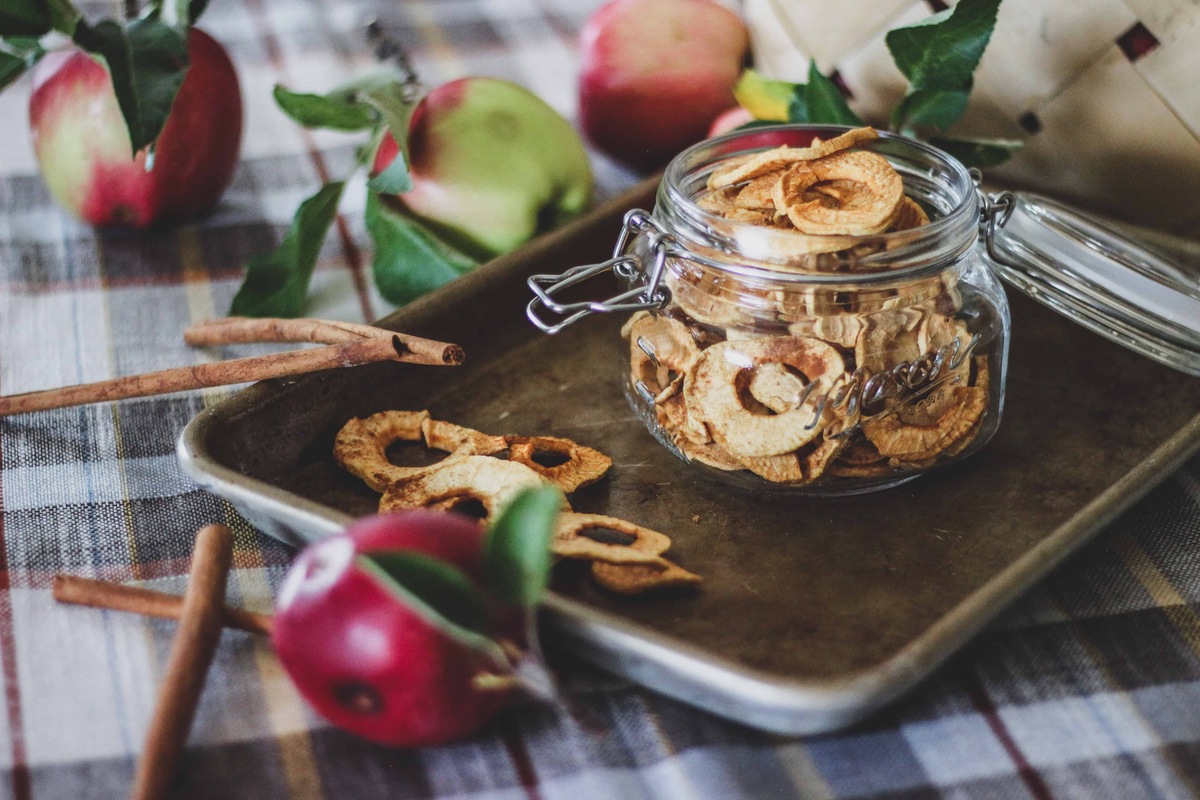
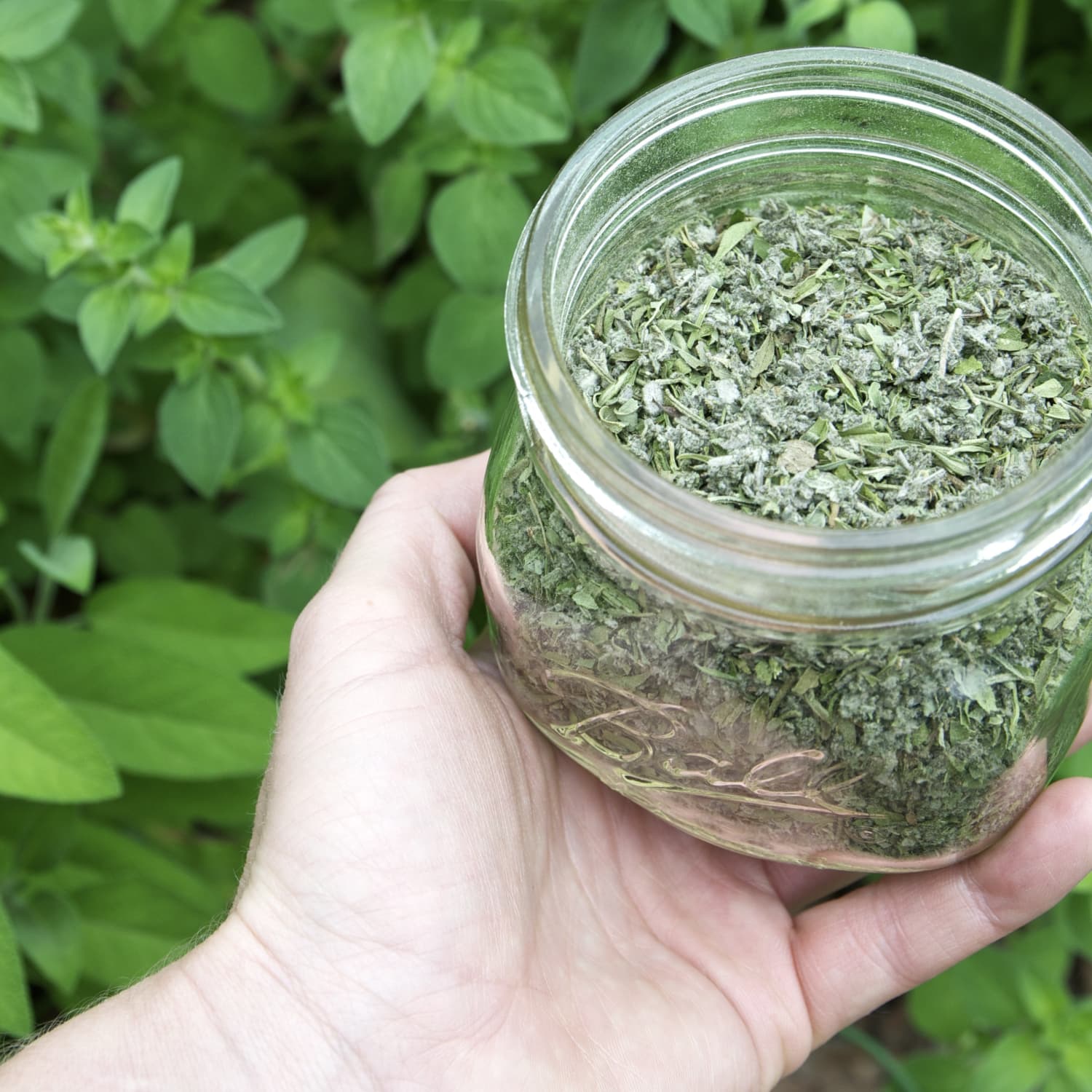
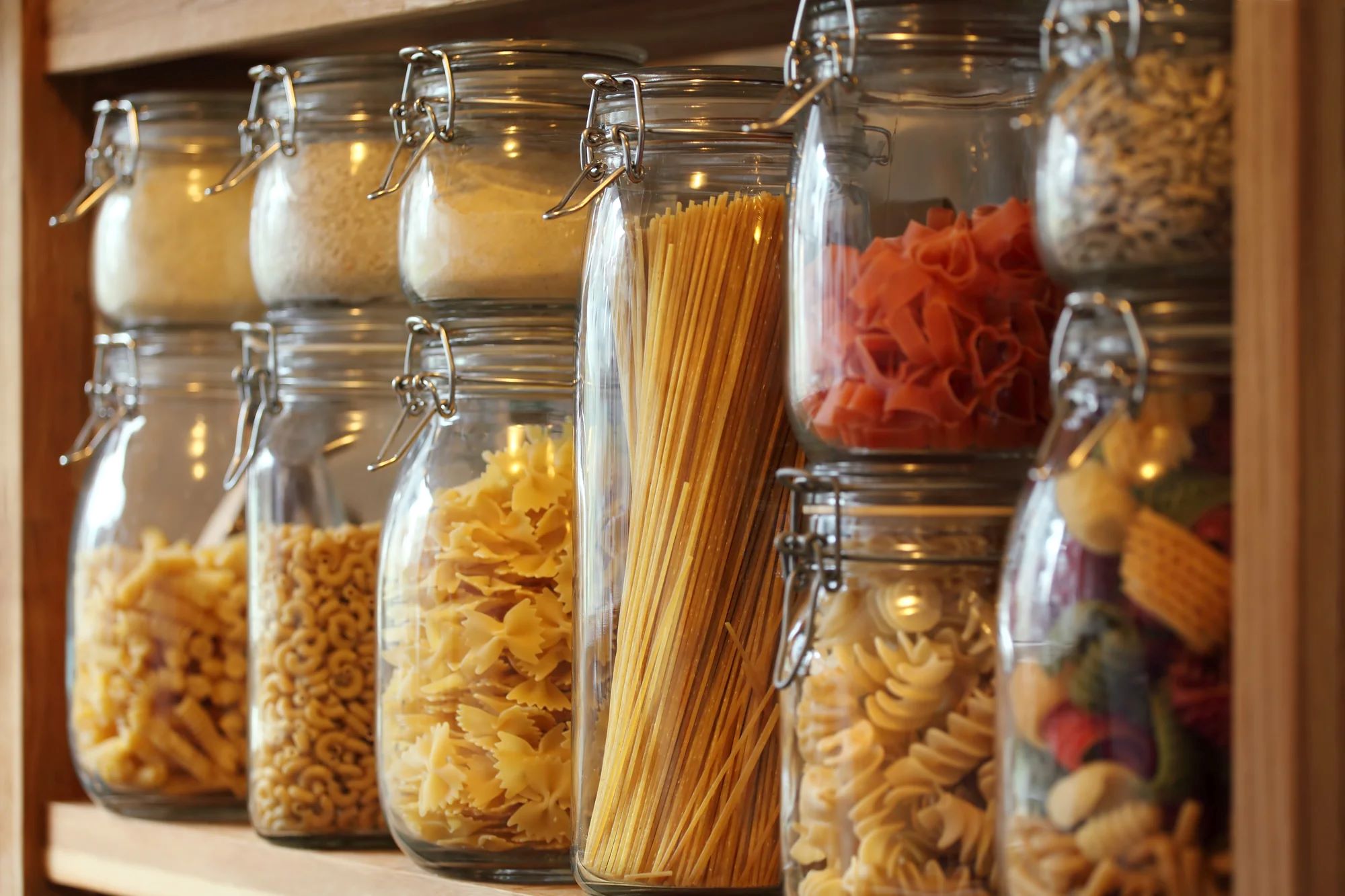
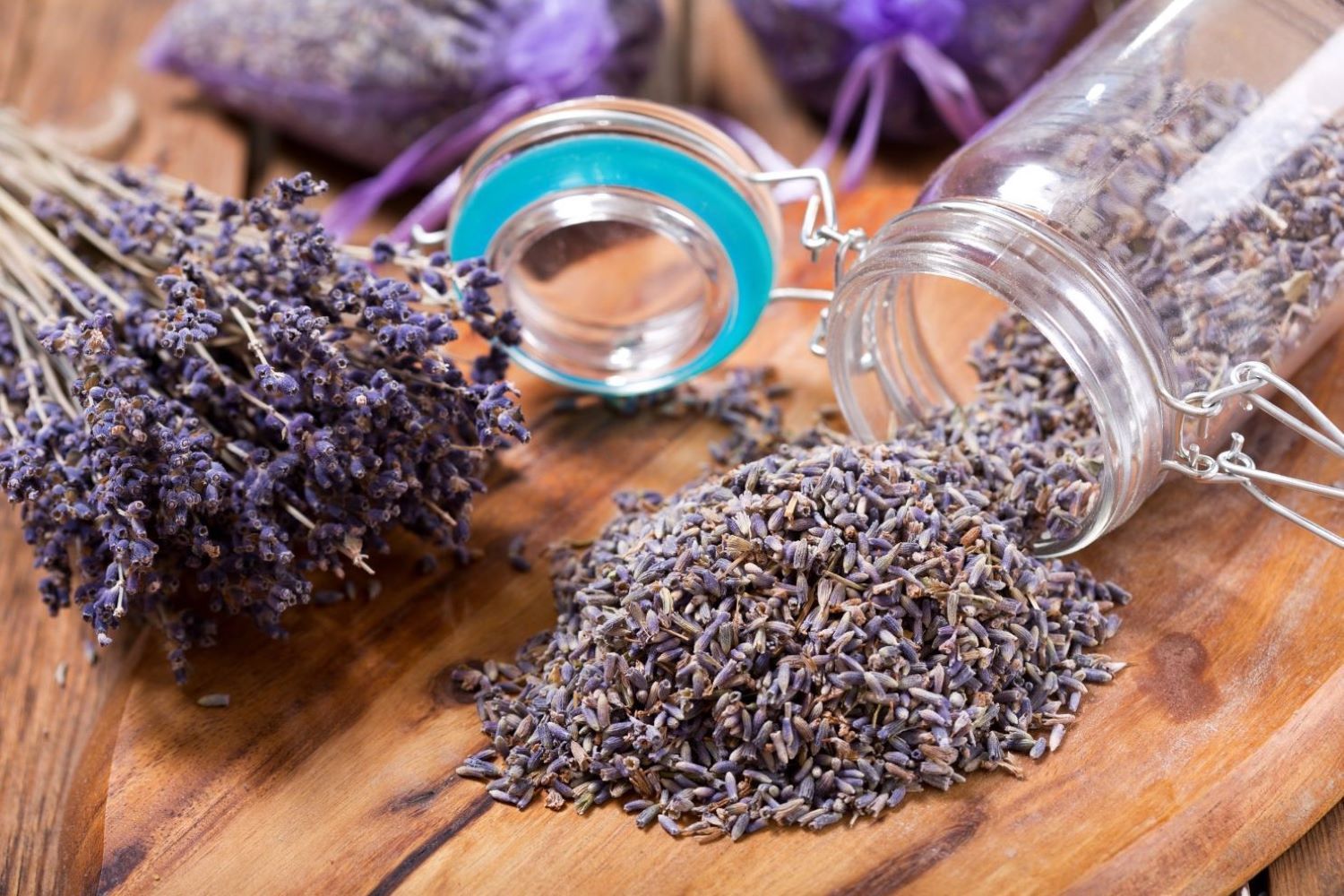
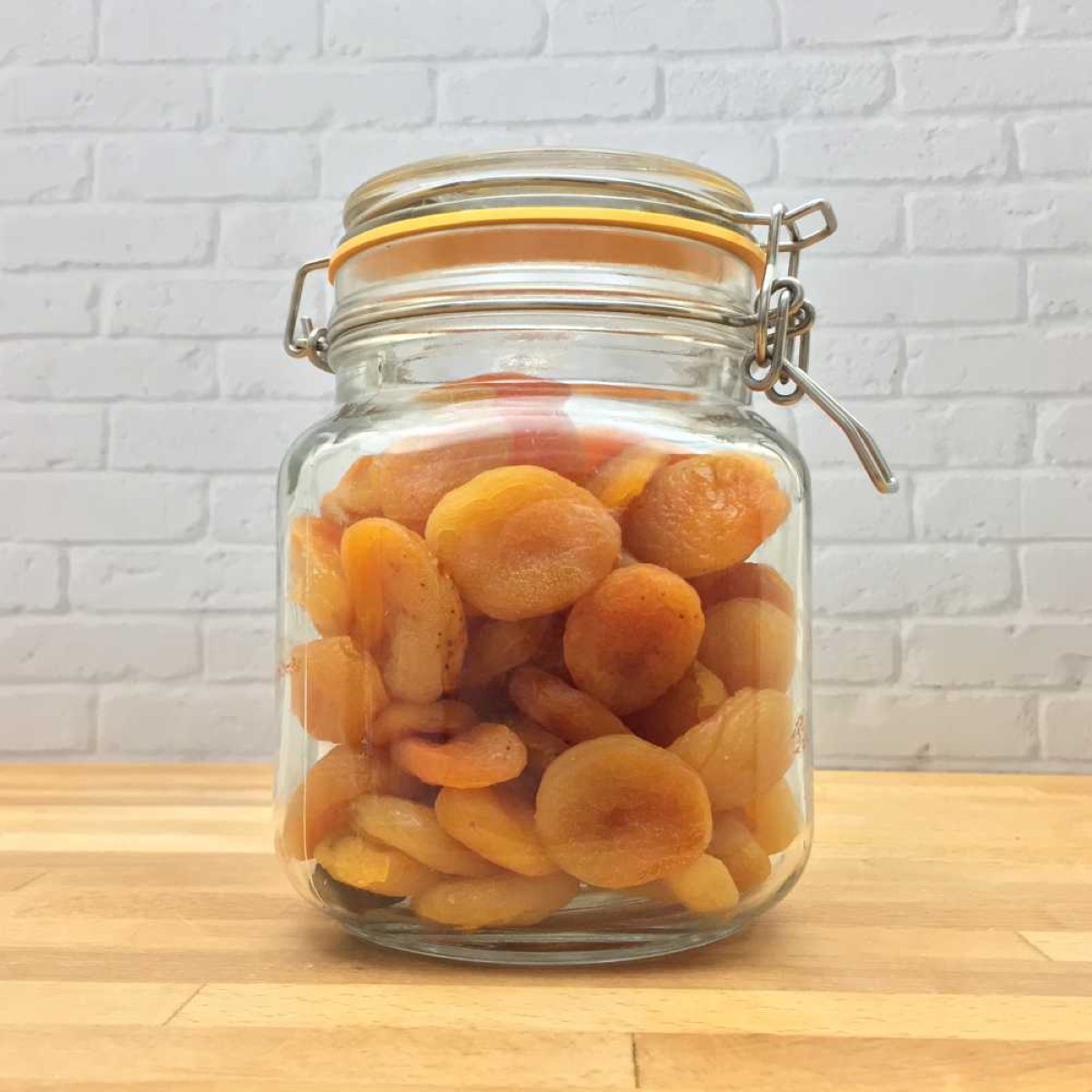
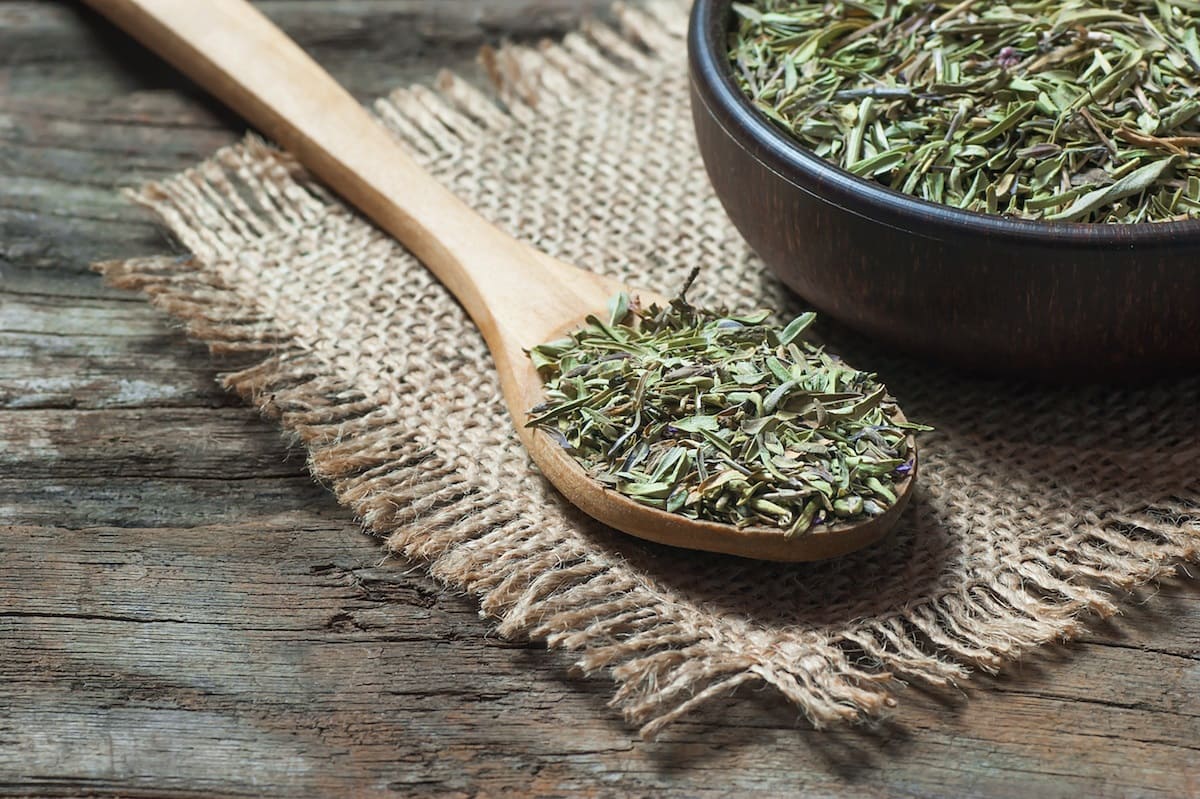
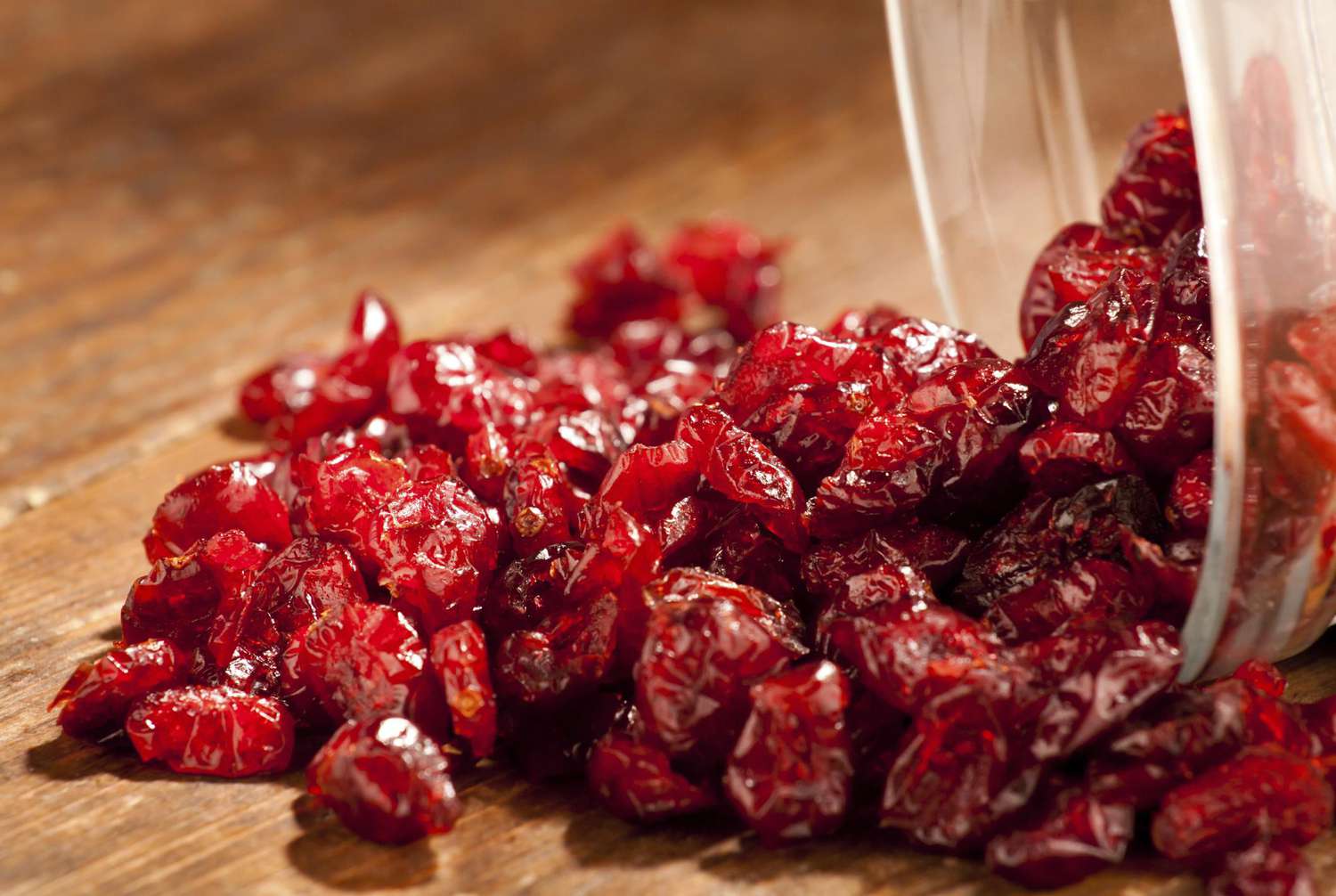

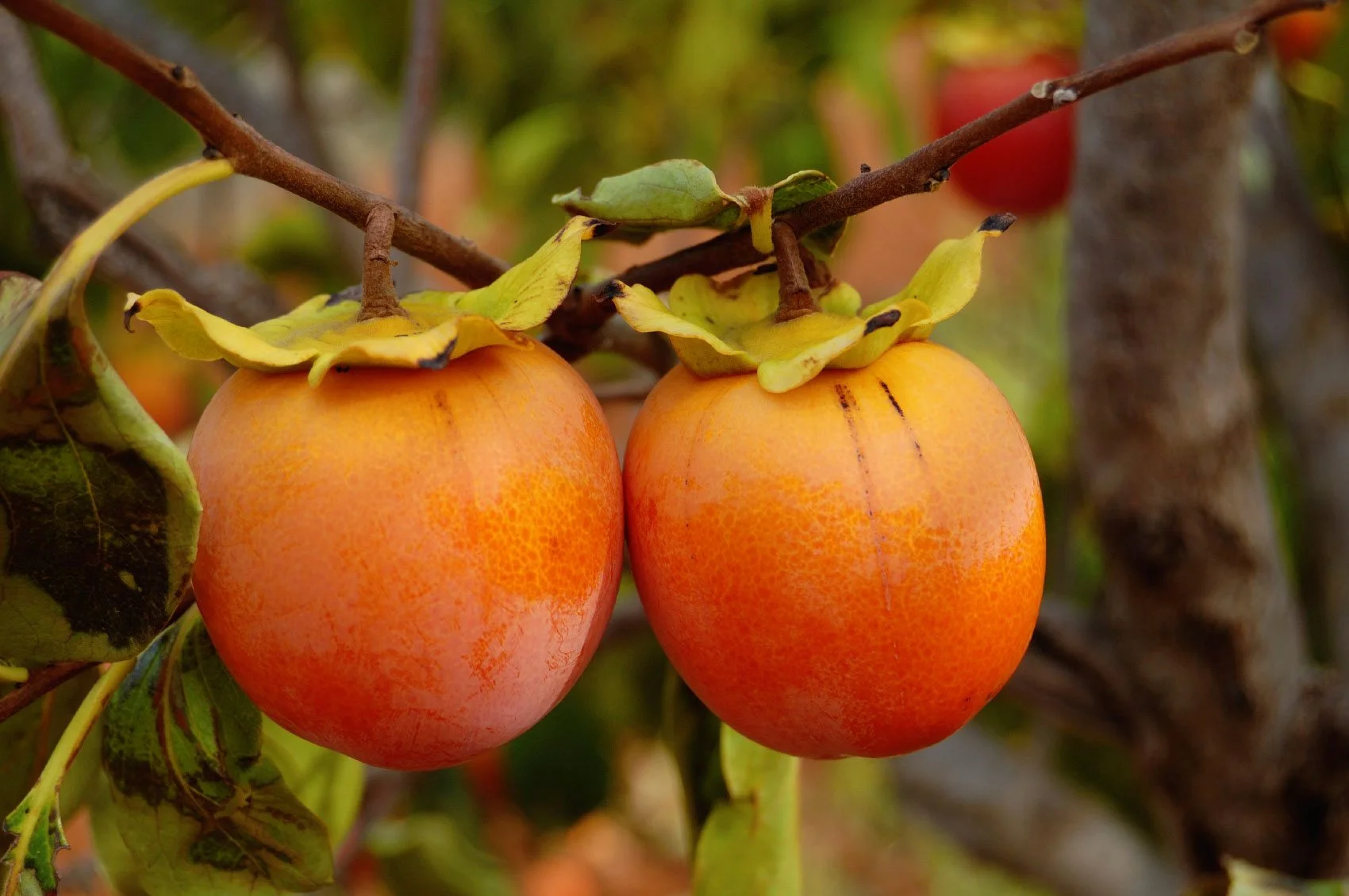
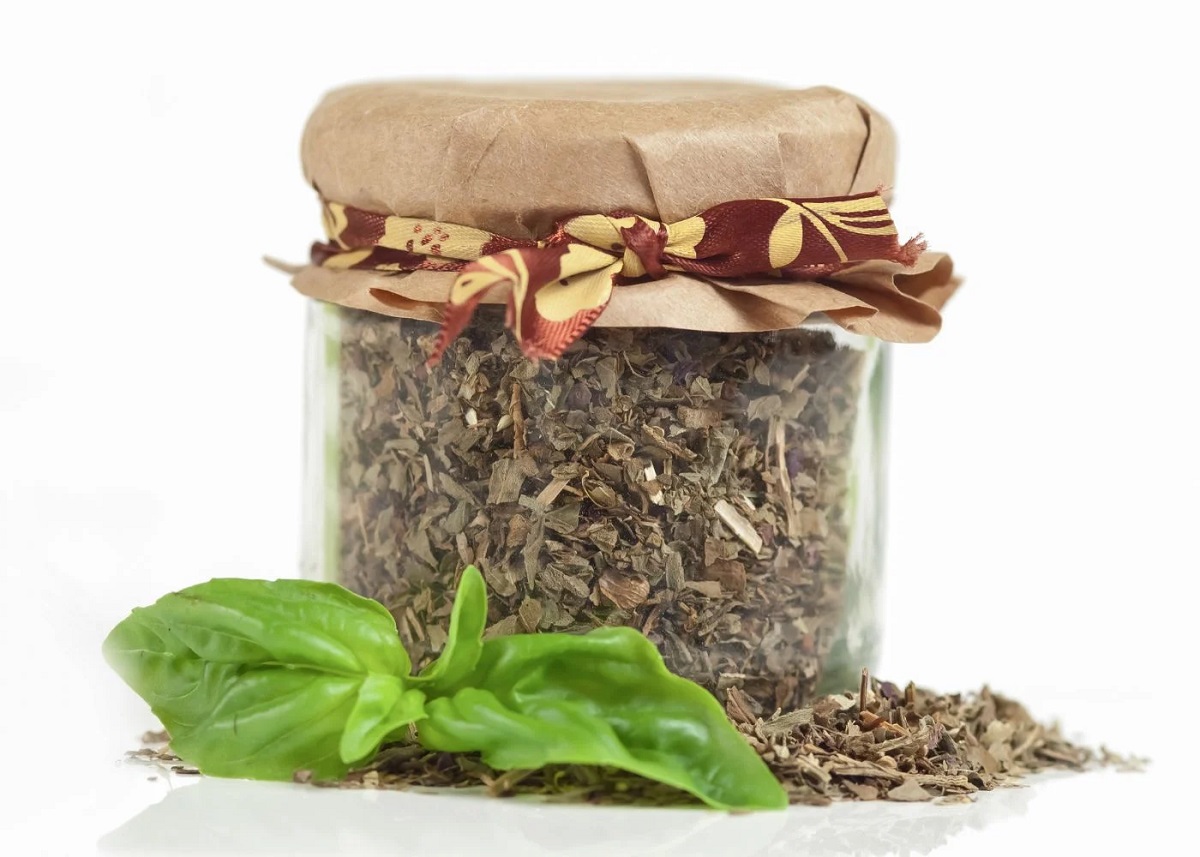
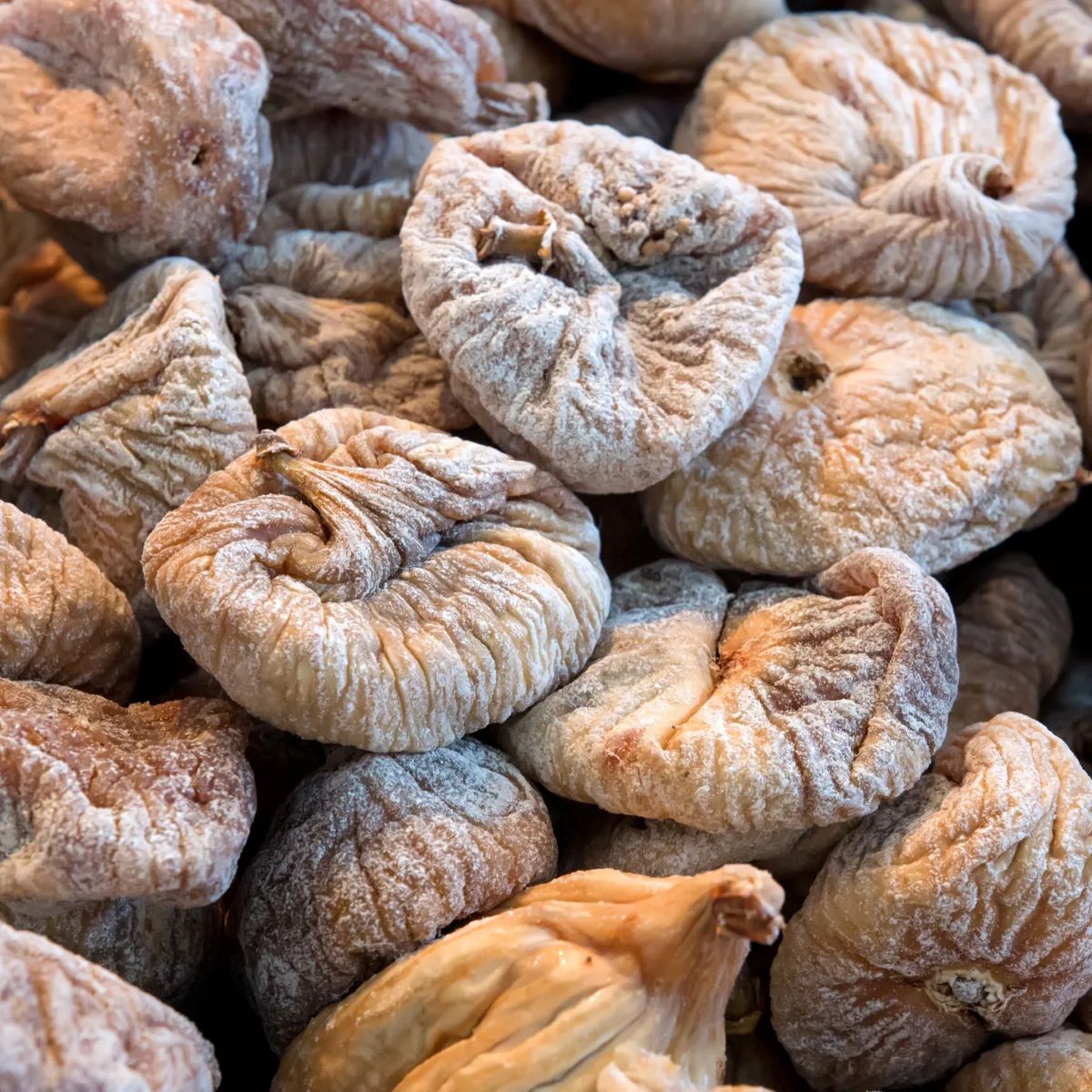


0 thoughts on “How To Store Dried Persimmons”